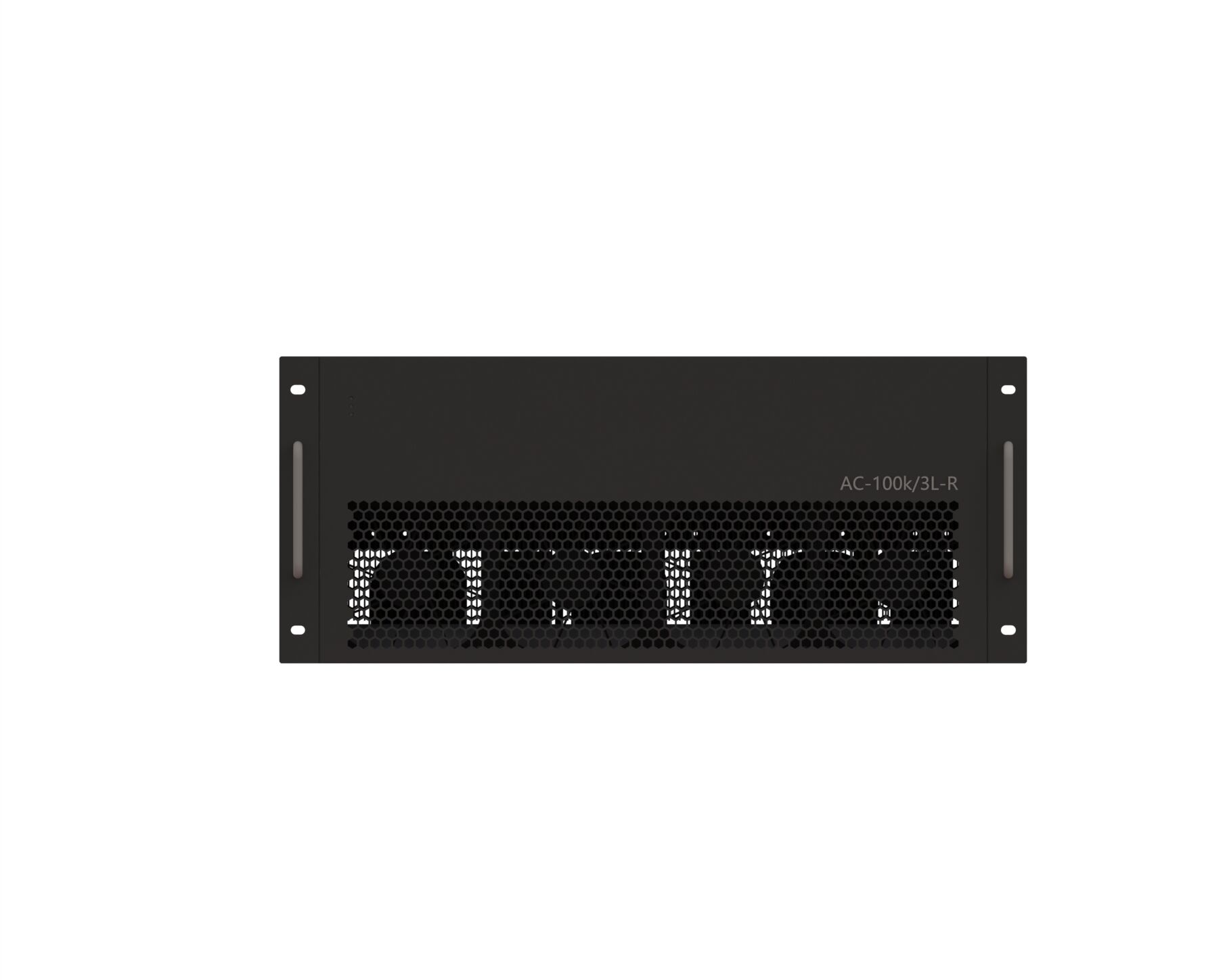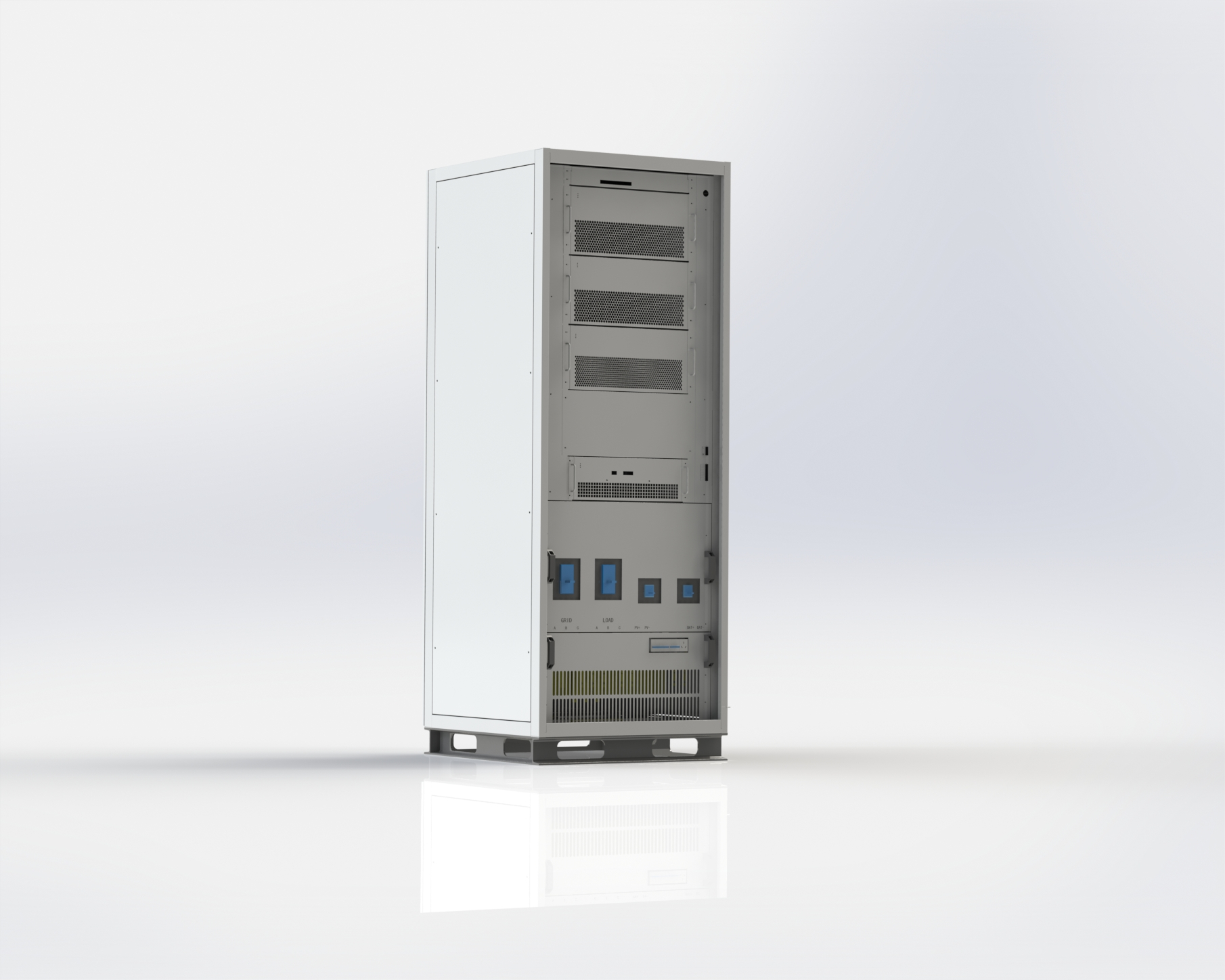Understanding Active Harmonic Filters and Power Quality Challenges
What is an active harmonic filter and how does it work?
Active harmonic filters or AHFs work by injecting current in real time to cancel out those pesky harmonic distortions that plague electrical systems. Basically, these gadgets keep an eye on the current flowing through loads using various sensors. When they spot anything that doesn't look quite right compared to a clean sine wave pattern, they kick in with opposite currents to fix things up. Most modern models can knock down harmonics by around 90-95% give or take depending on conditions. That's why industrial plants relying heavily on variable frequency drives and similar equipment just can't do without them anymore for proper power management.
The impact of harmonics on electrical systems and equipment
Harmonic distortions increase equipment temperatures by up to 40% (Ponemon 2023), accelerating insulation degradation in motors and transformers. Unmitigated harmonics can cause:
| Consequence |
Financial Impact |
Mitigation Priority |
| Capacitor bank failures |
$12k–$45k replacement |
High |
| PLC system malfunctions |
$740k/hr production loss |
Critical |
| Utility penalty fees |
7–15% energy cost increase |
Medium |
Total harmonic distortion (THD) levels above 8% violate IEEE 519-2022 standards, risking regulatory non-compliance.
Active harmonic filters vs passive harmonic filters: which should you choose?
While passive filters target specific frequencies at fixed impedance points, AHFs adapt dynamically to changing harmonic profiles. Key considerations:
- Active filters excel in multi-harmonic environments (THD >15%) with reactive power compensation
- Passive filters suit budget-constrained projects targeting known 5th/7th harmonics
Leading manufacturers recommend AHFs for facilities using renewable energy integration or adjustable-speed drives, where harmonic patterns fluctuate unpredictably. A 2024 industry analysis shows AHFs reduce maintenance costs by 32% compared to passive alternatives in manufacturing environments.
Key Factors Influencing Active Harmonic Filter Capacity Calculation
Measuring Harmonic Current and THDI for Accurate AHF Sizing
Getting the right size for an active harmonic filter starts by measuring harmonic current (Ih) and looking at Total Harmonic Distortion of Current (THDI). When we want to know what kind of filter capacity is needed, it makes sense to take those RMS current readings when loads are at their highest points. This gives us a clearer picture of what the system actually needs to handle. According to research from the IEEE Power Quality Group in 2023, if the THDI goes above 15%, then filters need to be about 35% bigger just to keep things stable in terms of voltage levels across the system.
Total Harmonic Distortion (THD) Measurement Techniques
Three proven methods dominate THD assessment:
| Method |
Accuracy |
Ideal Use Case |
| Real-time monitoring |
±2% |
Continuous load systems |
| Spectral analysis |
±1.5% |
Variable-speed drives |
| Load profiling |
±3% |
Intermittent harmonics |
Selecting the right technique reduces sizing errors by up to 20%, particularly in facilities with mixed linear and nonlinear loads.
The Role of Harmonic Spectrum Analysis in Determining Filter Requirements
Looking at harmonic spectrum data helps spot those problematic frequencies like the 5th, 7th, and especially the 11th order harmonics that need fixing. From what we've seen in plant assessments across different industries, about two thirds of manufacturing facilities actually deal with significant issues from the 5th harmonic alone, which makes up more than half their total distortion problems. Armed with this information, engineers can fine tune Active Harmonic Filter setups rather than going for unnecessarily large equipment installations. The result? Better money management without sacrificing system performance, something every facility manager appreciates when budget season rolls around.
Industry Standards and Safety Margins in Active Harmonic Filter Capacity
IEEE 519-2022 sets THDI limits below 8% for commercial buildings, but energy consultants recommend adding a 20–30% safety margin to calculated filter capacities. Systems incorporating this buffer report 40% fewer harmonic-related shutdowns (Ponemon Institute, 2023). Always cross-verify results against IEC 61000-3-6 for international compliance.
Step-by-Step Methodology for Sizing Active Harmonic Filters
System Analysis and Load Assessment for Precise AHF Sizing
Starting off with a thorough system check makes sense when trying to find those pesky harmonic sources like VFDs, UPS units, and various industrial rectifiers. Getting our hands on actual data means deploying those power quality loggers across different parts of the facility to see what's going on with both regular operation patterns and how much harmonic noise is being produced. When we combine all this collected information with proper classification of equipment types and understanding the overall electrical layout, it gives us solid groundwork for figuring out just how big an AHF installation needs to be. The numbers tell quite a story too - most factories will find that their motor drives and rectifier systems are responsible for around two thirds of all harmonic issues according to recent research from Energy Systems Lab back in 2023. That really highlights why taking time to properly characterize every load in the system isn't just good practice but absolutely essential work.
Using Power Quality Loggers and Spectrum Analysis to Calculate Harmonic Current
Deploy power quality analyzers for 7–14 days to capture harmonic behavior under real-world operating conditions. Focus on measuring:
- Total harmonic current distortion (THDI)
- Individual harmonic orders (5th, 7th, 11th)
- Peak demand harmonic currents
Advanced spectrum analysis reveals phase angles and cancellation effects invisible to basic RMS measurements. For instance, a semiconductor facility discovered 40% higher harmonic currents during shift transitions—insights only possible through continuous monitoring.
Applying the Capacity Calculation Formula: IRMS, THDI, and Load Current
When calculating AHF capacity, we look at actual harmonic currents plus include some extra room for safety: AHF Capacity in amps equals square root of sum of all Ih squared plus around 30% extra just to be safe. The Ih here refers to the root mean square values for different harmonic frequencies, and that safety buffer helps handle unexpected load increases or sudden power spikes. A real world example comes from a textile manufacturing plant where applying this calculation properly cut down on needed filtering equipment by nearly a quarter compared to what they would have guessed using rough rules of thumb. This saved them about eighteen thousand dollars right off the bat, and kept their total harmonic distortion index under control at less than 5% throughout operations.
Case Study: Sizing an Active Harmonic Filter for a Manufacturing Plant
A 12MW automotive assembly plant with 87 VFDs faced 22% THDI at its main distribution board, leading to 14% voltage distortion. Field measurements showed:
- 312A total harmonic current
- 7th harmonic dominant (38% of total)
A 400A AHF—sized with safety margin—reduced THDI to 3.8%, well below the IEEE 519-2022 limit. Post-installation, energy losses dropped by 9.2% due to reduced heating in transformers and cables.
Centralized vs On-Site Deployment in Active Harmonic Filter Planning
Comparing Centralized and On-Site Active Harmonic Filter Deployment
AHF units placed at main distribution panels handle harmonics throughout whole electrical systems. These centralized solutions work best in buildings where most of the harmonic problems come from one place, think data centers for example. A good quality 250 kVA filter there can cut down system wide THDI by around 85%, which makes a real difference. When we talk about on site installations though, companies put smaller filters (usually between 50 and 100 kVA) right next to specific equipment causing issues, like those CNC machines or backup power supplies. While this gives better control over localized problems, the cost goes up quite a bit. Industrial energy reports show these decentralized setups often need about 22% more money upfront compared to central filtering approaches.
Load Distribution Challenges and Their Effect on AHF Capacity
When loads aren't balanced properly throughout a manufacturing facility, it creates these annoying harmonic imbalances across different phases which really matters when figuring out how big those AHF units should be. Take a typical press shop scenario where phase C sees about 40 percent THDI spikes right when things get busy. According to the latest IEEE 519-2022 standards, they actually need filters capable of handling around 130 percent of whatever the highest harmonic current measured was. The math gets even trickier with centralized systems since they typically require somewhere between 18 and 25 percent extra capacity just to manage all those moving parts. And don't forget about local filters either. These have to react instantly to sudden changes happening at frequencies above 10 kilohertz, something that can catch even experienced engineers off guard if they're not watching closely enough.
Risks of over-sizing and under-sizing active harmonic filters
Getting the sizing wrong can lead to serious problems both operationally and financially. When systems are oversized, companies end up spending around 40% more upfront according to IEEE's 2023 Power Quality Report, plus they waste extra energy because of all that unused capacity creating reactance issues. On the flip side, if filters aren't big enough, they just can't handle those pesky harmonic currents properly, which wears down insulation much faster than normal. The numbers back this up too EPRI found in their 2022 casebook that transformers start aging at three times the normal rate once total harmonic distortion index goes above 8%. That kind of accelerated wear really adds up over time for facility operators.
One manufacturing plant installed a 15% undersized AHF, resulting in repeated capacitor bank failures within nine months. Post-analysis revealed harmonic voltages exceeded IEEE 519-2022 limits by 12%, directly contributing to $740k in unplanned downtime.
Rule-of-thumb estimates vs comprehensive harmonic analysis: a critical comparison
Quick estimation methods based on load current or transformer kVA ratings overlook critical variables:
- Non-linear load distribution
- Natural harmonic cancellation effects
- Future expansion plans
Comprehensive analysis using power quality loggers over 7 days typically uncovers 18–25% more harmonic content than spot measurements (NEMA Standard AB-2021). Today's advanced software combines real-time spectrum data with predictive algorithms, achieving 98.5% sizing accuracy, according to the 2024 Power Electronics Journal.
Frequently Asked Questions (FAQ)
What is the primary function of an Active Harmonic Filter (AHF)?
The primary function of an AHF is to eliminate harmonic distortions in electrical systems by injecting corrective currents in real time. This helps to maintain a clean sine wave pattern and ensures stable power quality.
How do harmonics affect electrical equipment?
Harmonics can increase equipment temperatures, leading to accelerated insulation degradation and equipment failures. They can cause capacitor bank failures, PLC malfunctions, and incur utility penalty fees due to increased energy costs.
What factors should be considered when choosing between active and passive harmonic filters?
Active filters are optimal in environments with high harmonic distortion levels and where harmonic patterns change unpredictably. Passive filters are suitable for budget-constrained projects targeting known harmonic frequencies.
Why is precise sizing of Active Harmonic Filters crucial?
Accurate sizing of AHFs is essential to prevent overspending, ensure operational efficiency, and avoid premature equipment failures due to inadequately treated harmonics.




 Hot News
Hot News